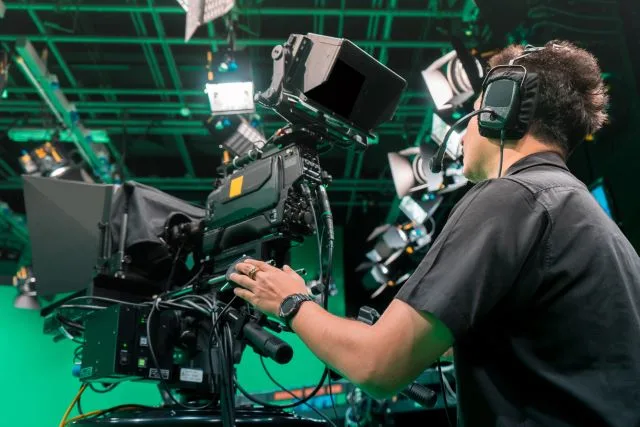Green Broadcasting: Sustainable Equipment Choices for Eco-Friendly Studios

In our fast-paced world, where environmental concerns are at an all-time high, it’s crucial for every industry to play its part in going green. Broadcasting, an essential part of our daily lives, is no exception. Welcome to Green Broadcasting, your guide to making eco-friendly choices in studio equipment. We understand the increasing need to reduce our carbon footprint, and this blog is here to show broadcasters the way.
In this space, we’ll explore practical and sustainable options for studios looking to impact the environment positively. From energy-efficient lighting to eco-conscious camera equipment, we’ll delve into the latest innovations that enhance the quality of broadcasts and contribute to a greener planet. Additionally, we’ll answer the question, ‘What is broadcasting equipment?’ and shed light on how eco-friendly alternatives shape the industry’s future.
What is Broadcasting Equipment?
Broadcasting equipment includes special tools and devices used to make and share TV, radio, and online videos. These tools capture, process, and send high-quality audio and video to people worldwide. They include cameras, microphones, video switchers, and other gadgets needed to create and broadcast content. Broadcasting equipment ensures that what you see and hear on your screens is clear and engaging.
Opting for Energy-Efficient Lighting Solutions
The initial step towards creating an eco studio involves replacing lighting with energy-efficient alternatives.
LED (light emitting diode) lights are an option for studios since they consume energy, emit less heat, and have longer lifespans than incandescent or fluorescent lighting. LED lights also offer flexibility, enabling broadcasters to adjust brightness levels and color temperatures according to their needs.
Certain studios may consider investing in lighting systems that utilize occupancy and motion sensors. These systems automatically regulate lighting levels based on the presence of individuals in the room, thereby reducing energy consumption when the studio is not in use.
By incorporating these energy-saving lighting solutions, studios can significantly decrease electricity usage without decreasing their impact.
Solar Power Solutions
Another eco option for studios is implementing solar power solutions. Installing panels on the studio’s roof can generate renewable energy, reducing reliance on traditional electricity sources. Solar power reduces carbon emissions and provides long-term cost savings by lowering electricity bills.
By harnessing the sun’s energy, broadcasters can operate in a manner. Any excess energy generated can be fed back into the grid, further contributing to reducing carbon emissions. Technological advancements have made these systems more efficient and cost-effective, making them a viable choice for conscious studios.
Energy-Efficient Broadcasting Equipment
Broadcasting equipment, including cameras, audio mixers, and monitors, consumes energy. However, there are eco alternatives that prioritize energy efficiency without compromising performance. For instance, some camera manufacturers now offer models that consume power during operation, reducing energy consumption.
Monitors are another component of a studio where eco-friendly options are increasingly accessible. Energy Star-certified monitors are designed to consume energy while maintaining high-quality visuals. By choosing these monitors, studios can minimize their energy consumption without compromising the quality of their broadcasts.
Similarly, manufacturers have developed energy versions of mixers and other production equipment. These companies have focused on reducing power usage through technology and optimized component design. By investing in energy broadcasting equipment, studios can significantly contribute to their overall sustainability efforts.
Eco-Friendly Studio Furnishing
When it comes to furnishing a broadcasting studio, opting for choices is essential to reduce impact. For buying brand furniture, studios can consider using recycled or second-hand items.
Many furniture manufacturers now offer products made from eco-friendly materials like wood or bamboo. These materials not only contribute to sustainability but also provide durability and style. Studios can also choose furniture certified by organizations like LEED (Leadership in Energy and Environmental Design) to ensure compliance with sustainability standards.
Conclusion
In the era of consciousness, it is crucial for broadcasters to embrace broadcasting practices. Studios have the power to impact the environment and reduce their carbon footprint by making choices regarding equipment. From using energy lighting options and harnessing power to opting for eco-friendly broadcasting gear and recycled studio furniture, every step towards sustainability makes a difference.
Not only does embracing broadcasting benefit the planet, but it also has long-term cost-saving advantages for studios. By investing in energy technologies and relying on energy sources, broadcasters can promote sustainability and inspire others to do the same. It’s time for the broadcasting industry to embrace eco-friendliness and lead towards an environmentally conscious mode of communication.




